My account
Get into your account.
Hot topics
Is Pharma Losing Good SalesPeople
Articles by Gopal Kishore, K. Hariram, Pankaj Mehrotra and Vivek Hattangadi
Role of AI Across Pharma Industry
Introduction
Artificial intelligence (AI) is increasingly pivotal in driving innovation...
Is Your Career Headed in the Right Direction?
Make Sure You're Moving in the Right Direction… Digital,...
Semaglutide – More Than Just a Patent Battle
The Delhi High Court has restrained Dr. Reddy’s and...
Novo Nordisk — Septerna’s $2.2 Billion Deal
A New Era for Obesity Pills
Novo Nordisk has announced...
Will TATA Succeed in Reinventing Indian Pharma Retail through 1 MG Hybrid?
Tata 1mg App Business Model: How does it work...
GSK Bets Big on Liver Disease: $1.2B Upfront for Boston Pharma’s MASH Drug
In a bold move to strengthen its hepatology pipeline,...
Indian Pharma Market Performance – April 2025
The Indian Pharmaceutical Market (IPM) maintained moderate growth in...
Semaglutide – More Than Just a Patent Battle
The Delhi High Court has restrained Dr. Reddy’s and...
Novo Nordisk — Septerna’s $2.2 Billion Deal
A New Era for Obesity Pills
Novo Nordisk has announced...
Will TATA Succeed in Reinventing Indian Pharma Retail through 1 MG Hybrid?
Tata 1mg App Business Model: How does it work...
GSK Bets Big on Liver Disease: $1.2B Upfront for Boston Pharma’s MASH Drug
In a bold move to strengthen its hepatology pipeline,...
Indian Pharma Market Performance – April 2025
The Indian Pharmaceutical Market (IPM) maintained moderate growth in...
Semaglutide – More Than Just a Patent Battle
The Delhi High Court has restrained Dr. Reddy’s and...
Novo Nordisk — Septerna’s $2.2 Billion Deal
A New Era for Obesity Pills
Novo Nordisk has announced...
Will TATA Succeed in Reinventing Indian Pharma Retail through 1 MG Hybrid?
Tata 1mg App Business Model: How does it work...
GSK Bets Big on Liver Disease: $1.2B Upfront for Boston Pharma’s MASH Drug
In a bold move to strengthen its hepatology pipeline,...
Indian Pharma Market Performance – April 2025
The Indian Pharmaceutical Market (IPM) maintained moderate growth in...
Semaglutide – More Than Just a Patent Battle
The Delhi High Court has restrained Dr. Reddy’s and...
Novo Nordisk — Septerna’s $2.2 Billion Deal
A New Era for Obesity Pills
Novo Nordisk has announced...
Will TATA Succeed in Reinventing Indian Pharma Retail through 1 MG Hybrid?
Tata 1mg App Business Model: How does it work...
GSK Bets Big on Liver Disease: $1.2B Upfront for Boston Pharma’s MASH Drug
In a bold move to strengthen its hepatology pipeline,...
Indian Pharma Market Performance – April 2025
The Indian Pharmaceutical Market (IPM) maintained moderate growth in...
Hot topics
Debasish Banerjee’s Journey from Medical Rep to Chief Compliance Officer
For a person wanting to be a doctor, my...
5 L&D Megatrends
2017 Learning and Development Special Issue. Articles by K. Hariram, Diksha Fouzdar and Vivek Hattangadi.
Pharma and the Covid19 Crisis – An Interaction with Sunil Attavar, CMD, Group Pharma
This is the first part of MedicinMan interview series...
The Pill is Now a Commodity – Can ‘Beyond the Pill’ Models Work in India?
The pill is now a commodity that many of these companies provide at heavy discounts, making money off everything ‘beyond the pill’. Investors are betting heavily on the potential of technological innovation to transform the way healthcare is delivered.
The Economic Times reported that in 2021, India recorded investments of $77 billion across 1,266 deals including 164 large deals worth $58 billion. While the money reduced in 2022, the reason wasn’t a lack of faith in this business model.
Meanwhile, the pharmaceuticals industry that is most affected by this quiet but rapid change, is grappling with its entrenched culture. Its current business is so profitable that everything else pales in comparison.
‘Build, measure, learn, build again’ – a mantra of the health tech industry is alien to pharma that doesn’t learn, build or measure after launching a product.
Pharma also thinks of its customers as doctors alone and does precious little to connect with patients, or caregivers. People who are not sick do not feature on their radar at all. These are cultural values that keep pharma focused on the pill and discourage thinking beyond it.
A social media poll conducted by MedicinMan showed almost predictable responses. 100+ respondents who work in the pharma industry in India were quite clearly divided. 48% of them wanted to know what beyond the pill actually meant, while 23% wanted to know how to execute it.
The rest felt that the ultra-competitive environment in the Indian generics market required very high share-of-voice tactics (19%), or that their customers demanded product information (9%).
Sales Readiness For Trainers and Reps – Improve Effectiveness In A New Pharma World
Last week, I was in a meeting with the...
Semaglutide – More Than Just a Patent Battle
The Delhi High Court has restrained Dr. Reddy’s and...
Novo Nordisk — Septerna’s $2.2 Billion Deal
A New Era for Obesity Pills
Novo Nordisk has announced...
Will TATA Succeed in Reinventing Indian Pharma Retail through 1 MG Hybrid?
Tata 1mg App Business Model: How does it work...
GSK Bets Big on Liver Disease: $1.2B Upfront for Boston Pharma’s MASH Drug
In a bold move to strengthen its hepatology pipeline,...
Indian Pharma Market Performance – April 2025
The Indian Pharmaceutical Market (IPM) maintained moderate growth in...
Semaglutide – More Than Just a Patent Battle
The Delhi High Court has restrained Dr. Reddy’s and...
Novo Nordisk — Septerna’s $2.2 Billion Deal
A New Era for Obesity Pills
Novo Nordisk has announced...
Will TATA Succeed in Reinventing Indian Pharma Retail through 1 MG Hybrid?
Tata 1mg App Business Model: How does it work...
GSK Bets Big on Liver Disease: $1.2B Upfront for Boston Pharma’s MASH Drug
In a bold move to strengthen its hepatology pipeline,...
Indian Pharma Market Performance – April 2025
The Indian Pharmaceutical Market (IPM) maintained moderate growth in...
Semaglutide – More Than Just a Patent Battle
The Delhi High Court has restrained Dr. Reddy’s and...
Novo Nordisk — Septerna’s $2.2 Billion Deal
A New Era for Obesity Pills
Novo Nordisk has announced...
Will TATA Succeed in Reinventing Indian Pharma Retail through 1 MG Hybrid?
Tata 1mg App Business Model: How does it work...
GSK Bets Big on Liver Disease: $1.2B Upfront for Boston Pharma’s MASH Drug
In a bold move to strengthen its hepatology pipeline,...
Indian Pharma Market Performance – April 2025
The Indian Pharmaceutical Market (IPM) maintained moderate growth in...
Semaglutide – More Than Just a Patent Battle
The Delhi High Court has restrained Dr. Reddy’s and...
Novo Nordisk — Septerna’s $2.2 Billion Deal
A New Era for Obesity Pills
Novo Nordisk has announced...
Will TATA Succeed in Reinventing Indian Pharma Retail through 1 MG Hybrid?
Tata 1mg App Business Model: How does it work...
GSK Bets Big on Liver Disease: $1.2B Upfront for Boston Pharma’s MASH Drug
In a bold move to strengthen its hepatology pipeline,...
Indian Pharma Market Performance – April 2025
The Indian Pharmaceutical Market (IPM) maintained moderate growth in...
MedicinMan was launched in 2011 as India’s 1st Magazine dedicated to the cause of Field Force Excellence in Pharma and Devices.
Read More
Headlines
Semaglutide – More Than Just a Patent Battle
The Delhi High Court has restrained Dr. Reddy’s and...
Novo Nordisk — Septerna’s $2.2 Billion Deal
A New Era for Obesity Pills
Novo Nordisk has announced...
Will TATA Succeed in Reinventing Indian Pharma Retail through 1 MG Hybrid?
Tata 1mg App Business Model: How does it work...
GSK Bets Big on Liver Disease: $1.2B Upfront for Boston Pharma’s MASH Drug
In a bold move to strengthen its hepatology pipeline,...
Newsletter
Get important news delivered directly to your inbox and stay connected!



